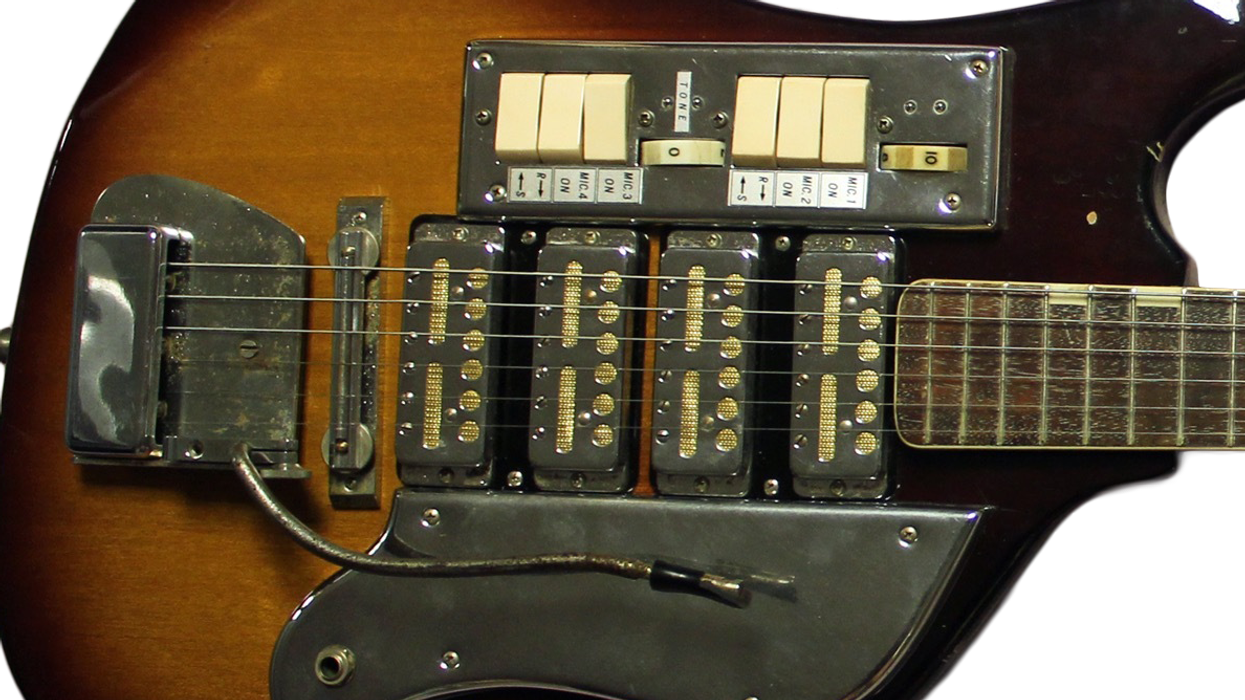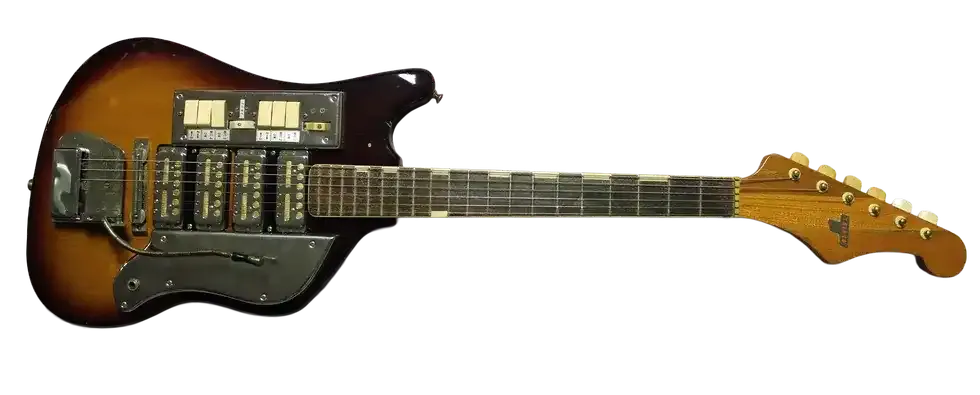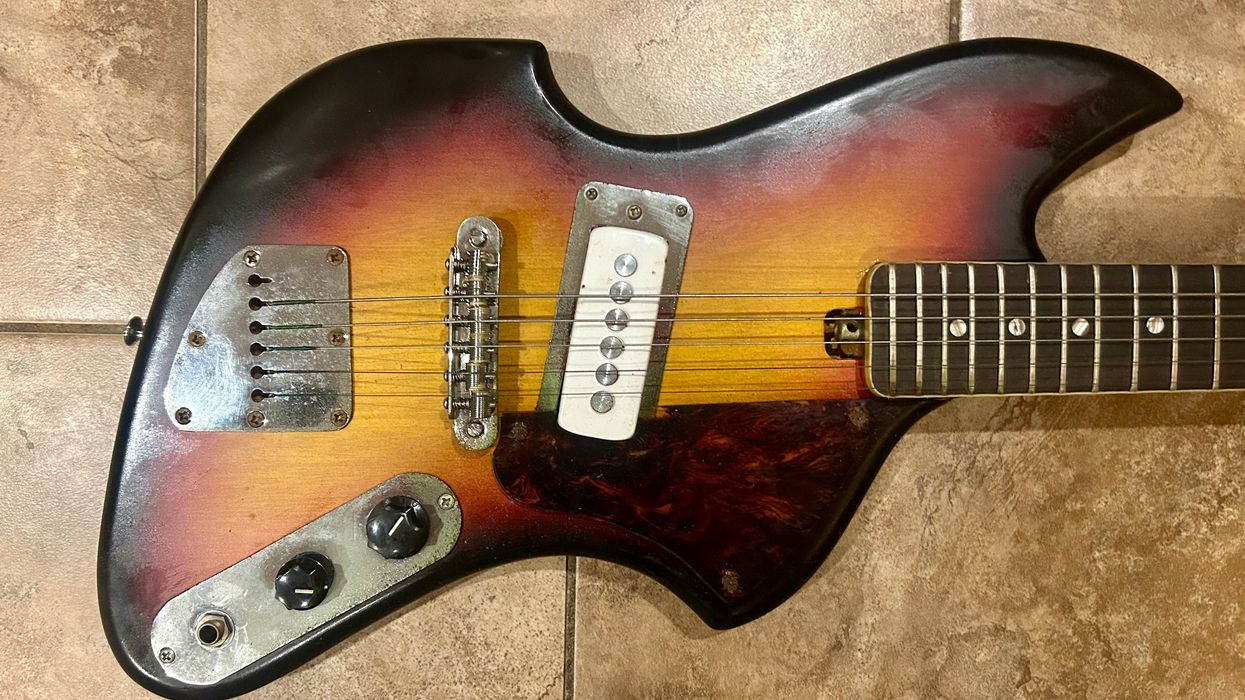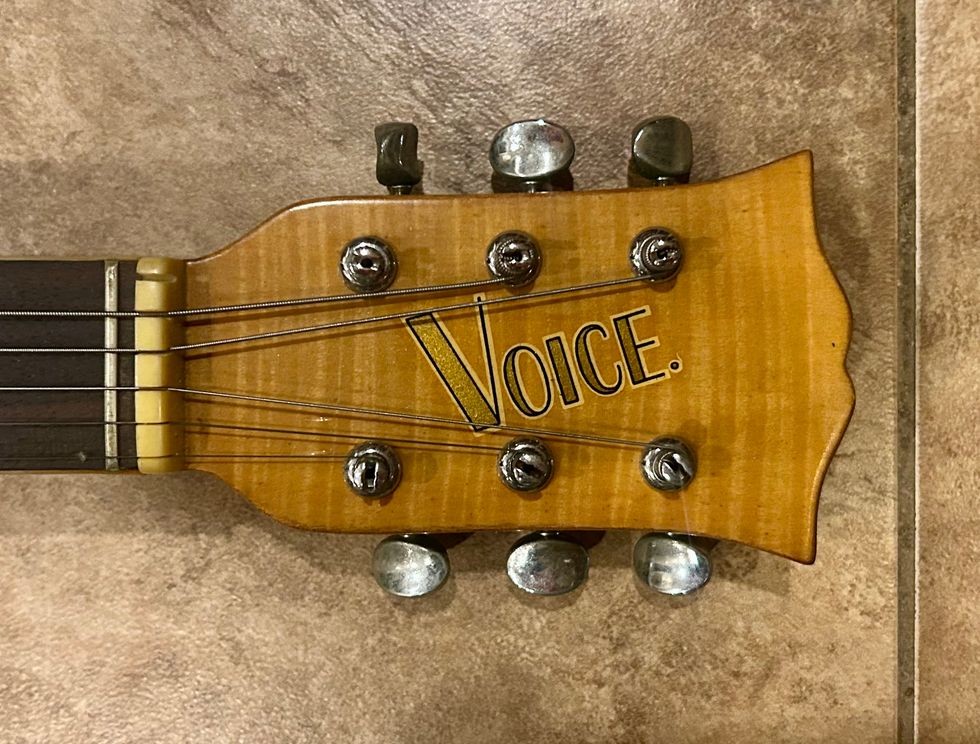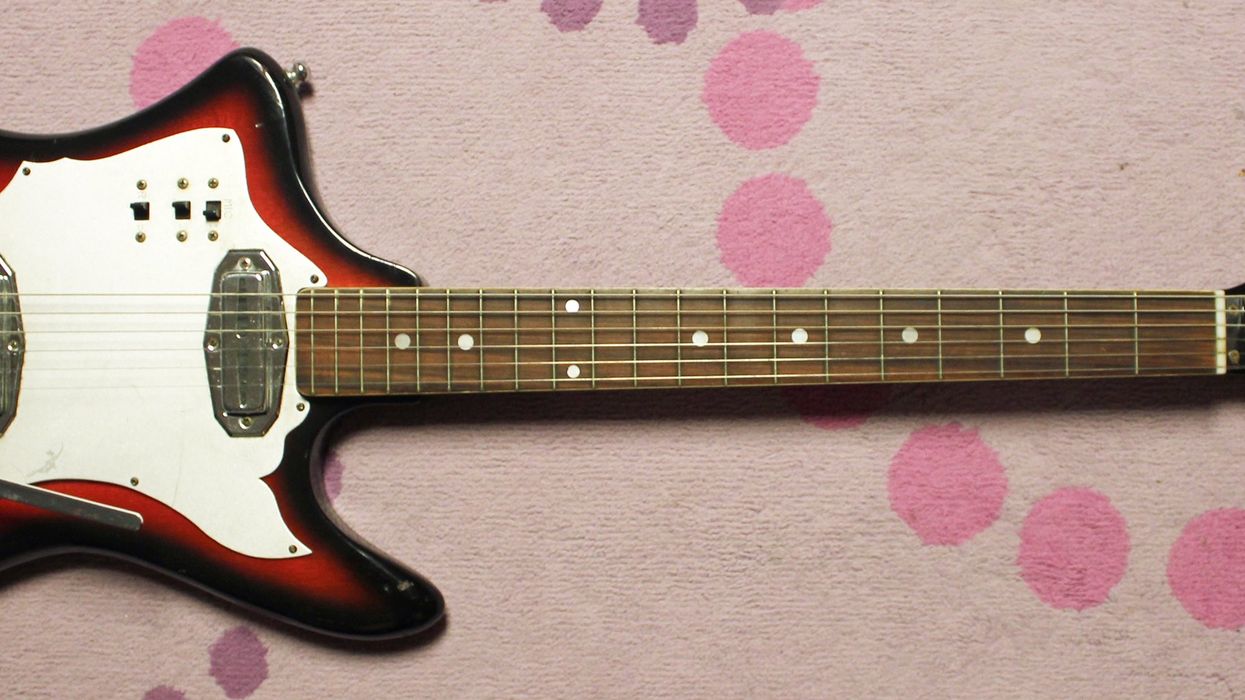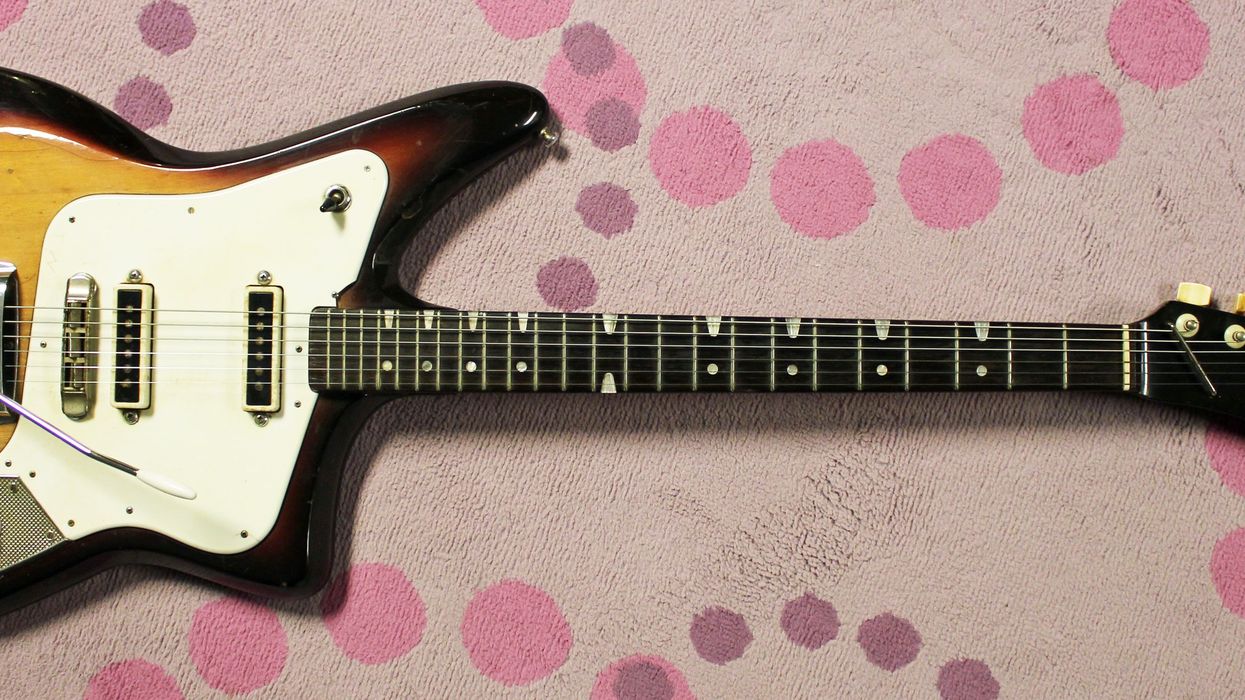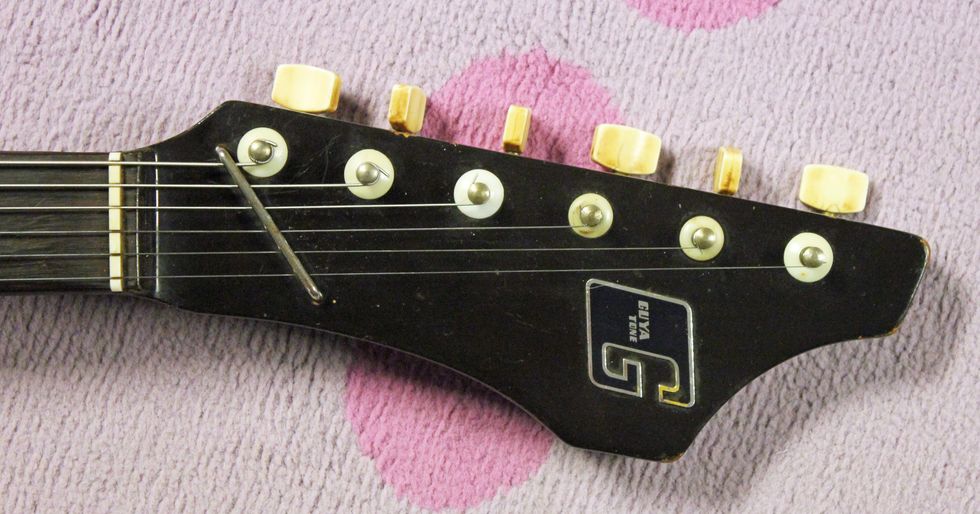One of the guys I work with is such an interesting fella. Dylan has an opinion on literally every topic, and I take amusement by asking him all sorts of probing questions.
For instance, he only wears t-shirts made from a certain blend (I’ll wear anything), and he likes smoke-infused whiskey (I drink mine straight), and he can go into great detail about an array of things like infusers, griddles, recording software, artificial intelligence, and the list just goes on and on. It seems like I, on the other hand, only have a certain amount of brain bandwidth and I don’t really ponder things of the material world, unless it’s guitar-related.
Recently, he was telling me about the rise of hot honey! He’s always telling me about recipes and how he uses it, but I have to say, anything that’s hot always turns me off. I used to love heat and spice and I could really eat anything. Yours truly even won a chicken-wing-eating contest (101 wings, baby!) with scorching hot sauce. I can even remember working at a restaurant back in the day, and the cooks were always challenging me with hot-sauce concoctions. Even the Jamaican dudes there couldn’t believe how I could inhale heat without a tear. Alas, all the years of trashing my body eventually caught up with me, and now if I eat anything that’s spicy, my belly and bowels just give up the ghost.
So, all this talk with Dylan about hot sauces and hot honey got me thinking about the old guitar brand, Honey. Looking back, I can’t believe I’ve never written about the little company before, but it was just a blip in guitar history—albeit a cool blip.
The story goes that in 1965 the Japanese guitar company Kawai had purchased the Teisco company. Teisco had its headquarters in Tokyo and made mostly electronics there. The wood production was done at a plant called Teisco Gen Gakki, which was located near Matsumoto City. Within a year or so, Kawai brought all-wood production to its own plant and Teisco Gen Gakki went idle.
Some former Teisco employees, who had mostly lost their jobs in this production shift, decided to make a go of their own at the guitar business. From this time, we see the brands Firstman, Idol, and Honey. The Honey Company made all sorts of products, including amps and guitars, and the company only sold in the Japanese market. Honey had a few wild designs, but mostly the guitars were copies of Rickenbacker, Gibson, and Höfner. But then there were these crazy one-off models, like this Honey Happening guitar from 1968. I’ve never seen another one and the only photos I can find online are all of this same guitar! One of my good Japanese friends gifted this to me.
The Happening takes its name from common terminology of the time, like, “It’s what’s happening,” meaning “hip” or “cool,” but this one is one of the coolest, with that elongated upper bout contrasting a super-short lower one. It has a Bigsby copy resting on the beveled-out section at the butt, which is another detail that’s rarely seen. If you check out the pickguard, there’s a cute little bumblebee there with “happening” written across in an old typeface. The headstock design is also noteworthy, featuring an extra-large truss-rod cover with two little diamond-shaped accents.
This solidbody is powered by two sizzling pickups that are Mosrite copies. It has a stinging sound—sorry—and sets up well with the adjustable bridge. Electronics round out with simple volume/tone knobs and a 3-way pickup selector switch. The only part I personally dislike on this guitar is the tuners, which can be finicky. But the guitar itself is surprisingly well-balanced and is a joy to play.
The Honey Company started business in early 1967 but was bankrupt in March of 1969. All Honey guitars and amps are extremely hard to find today, and if you have a good example, consider yourself one of the lucky ones. So instead of hot honey, let’s give a little props to a cool Honey.
1968 Honey Happening Guitar Demo
Frank’s friend Mike Dugan demos the Honey Happening 6-string.
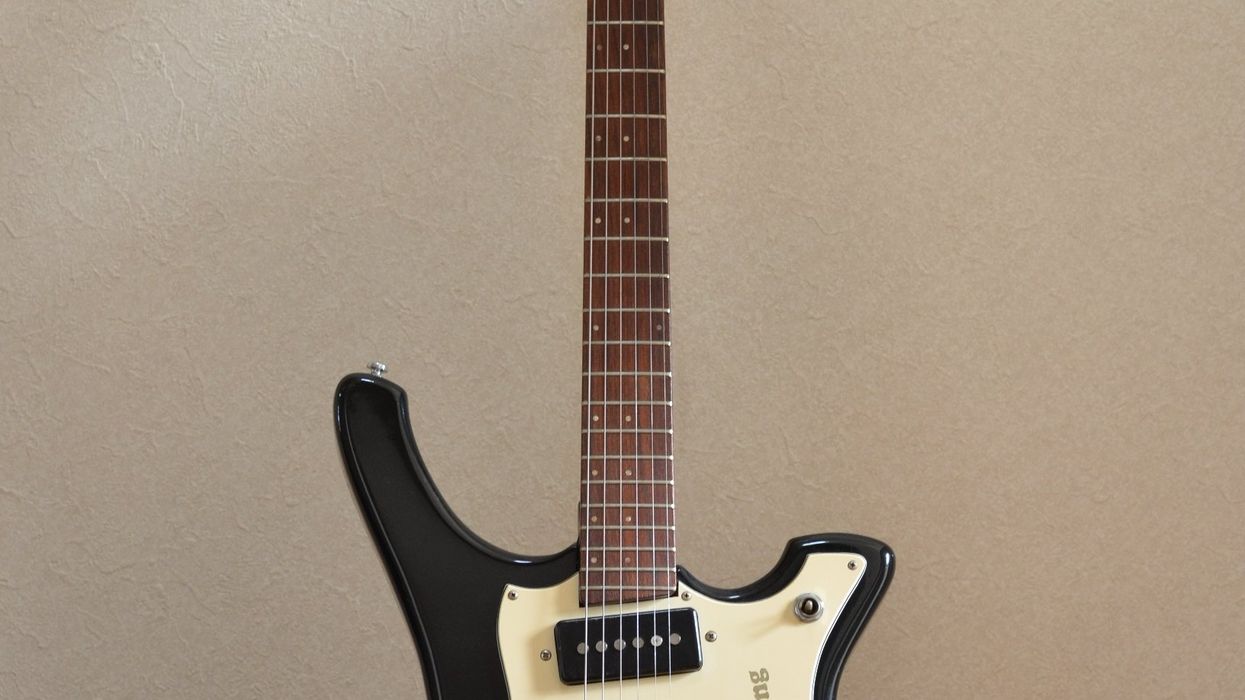

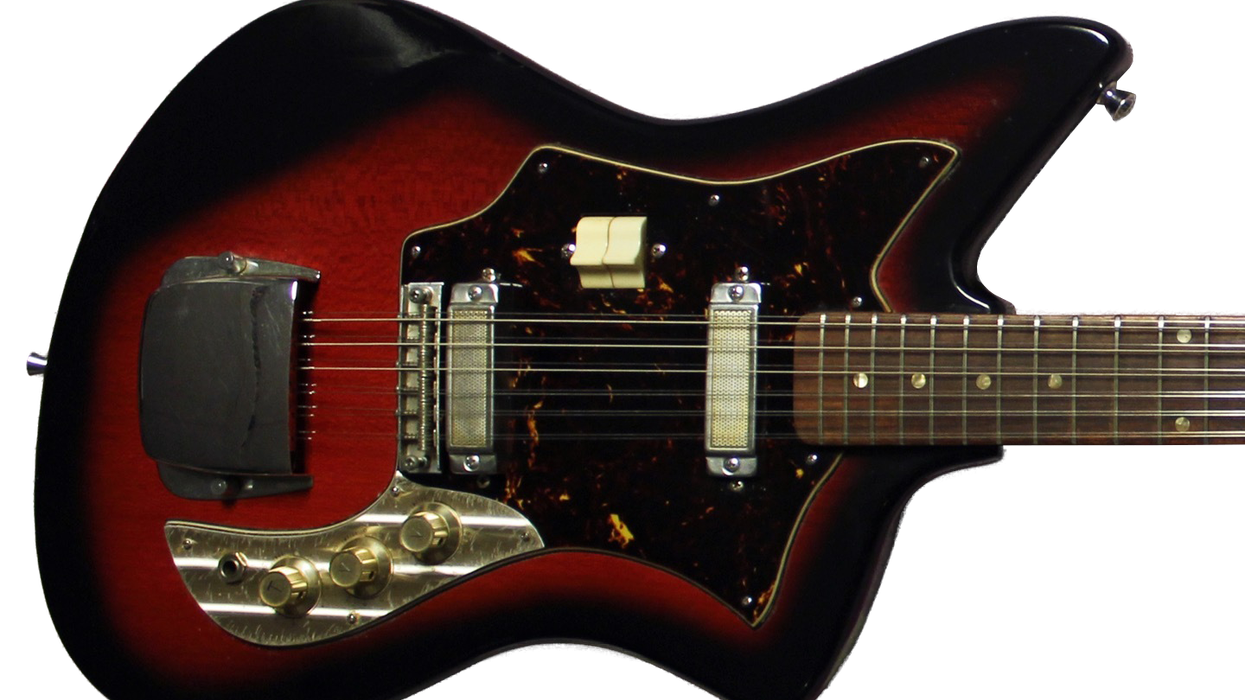
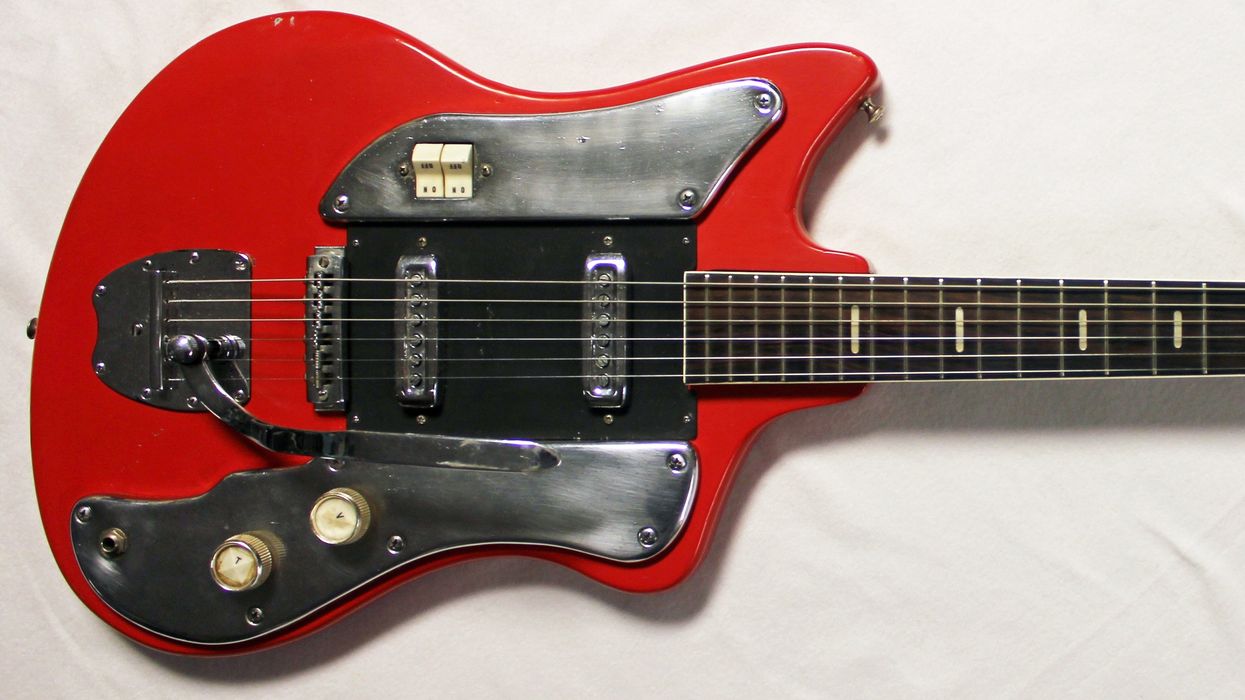
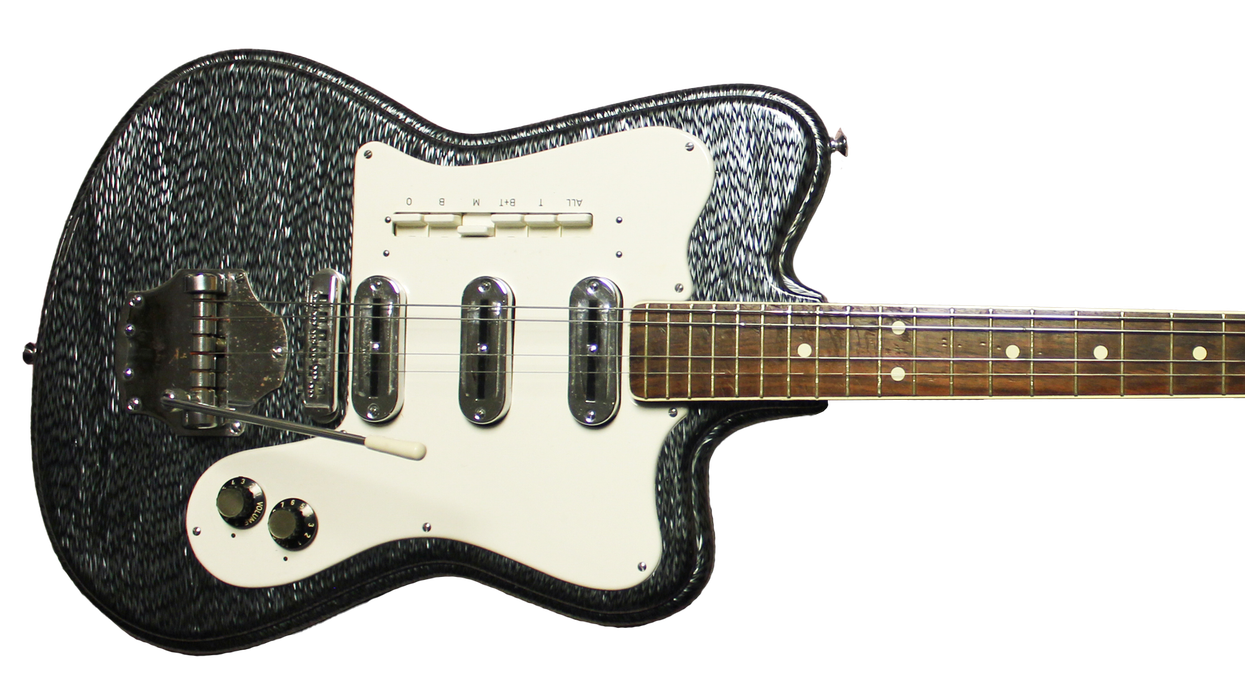
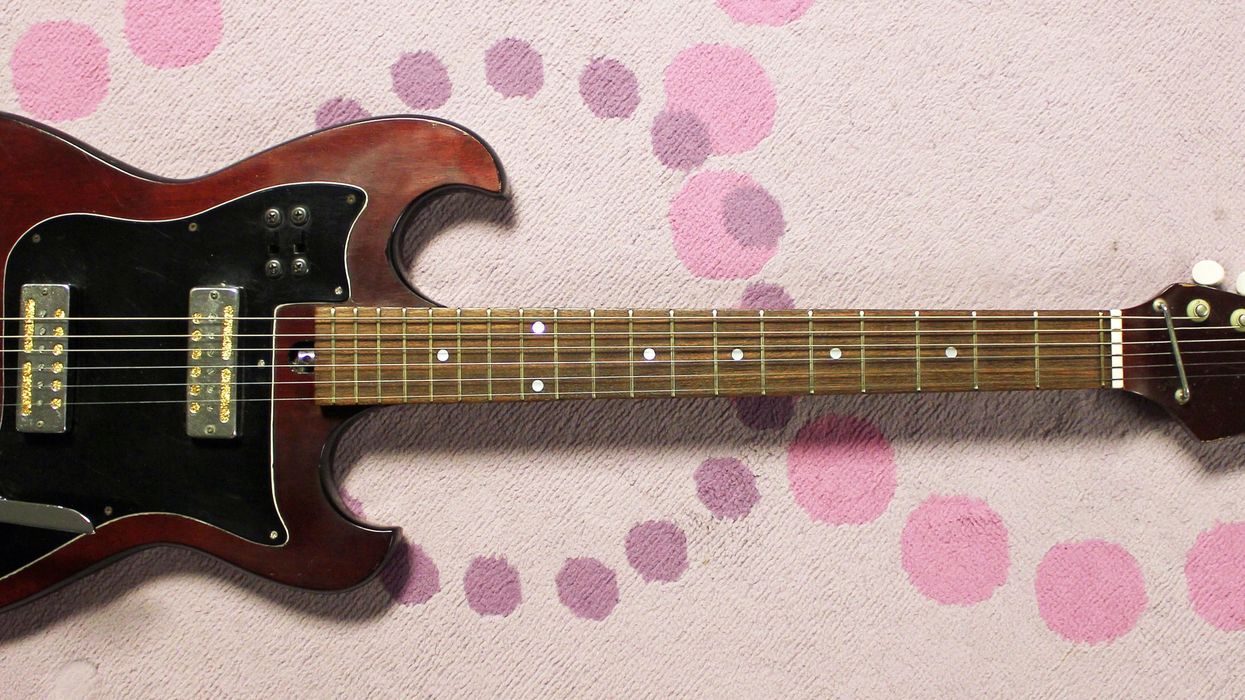
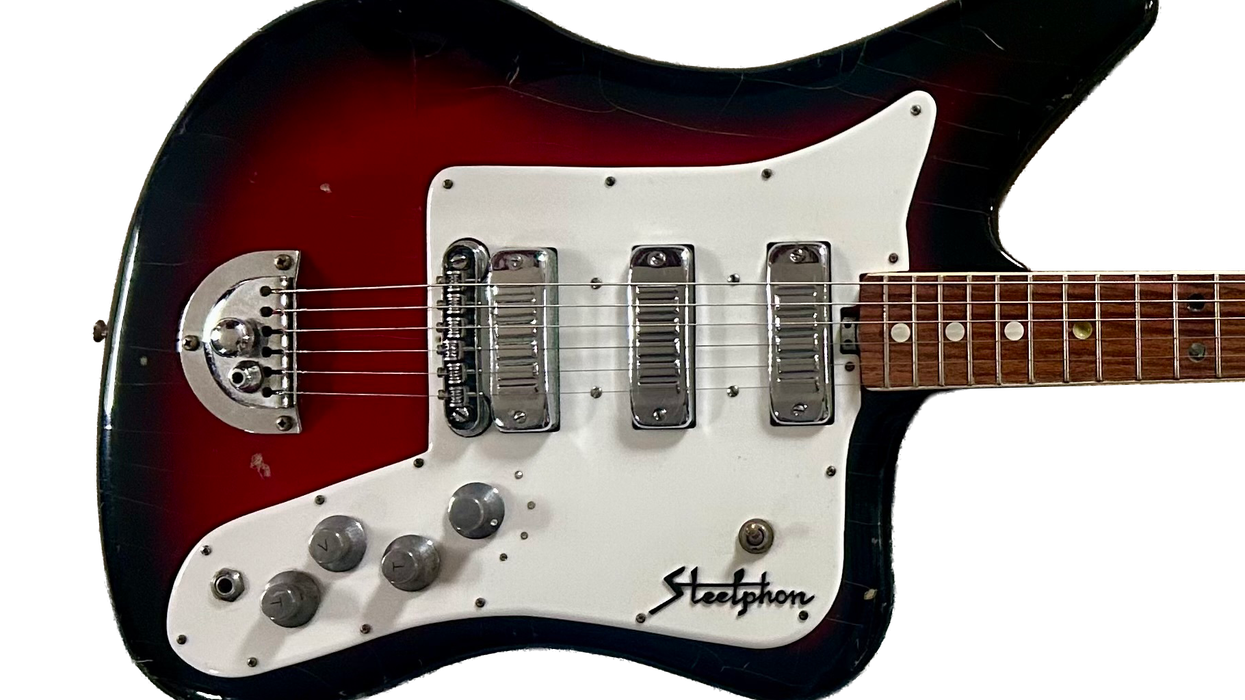
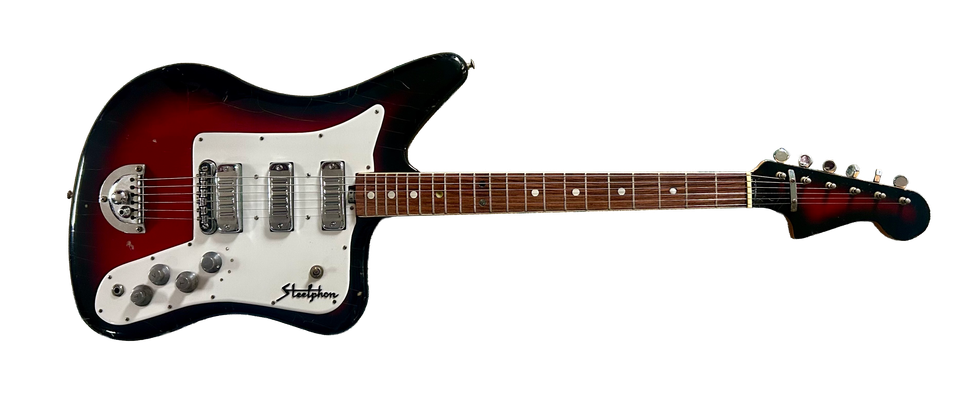 Then, in the dream, I “awoke” and realized I was back in my bedroom, and it was all just a dream. The kicker is that I was still dreaming, because that “paddle” guitar was suddenly in my hands—then I woke up for real! How about that misadventure?
Then, in the dream, I “awoke” and realized I was back in my bedroom, and it was all just a dream. The kicker is that I was still dreaming, because that “paddle” guitar was suddenly in my hands—then I woke up for real! How about that misadventure?





